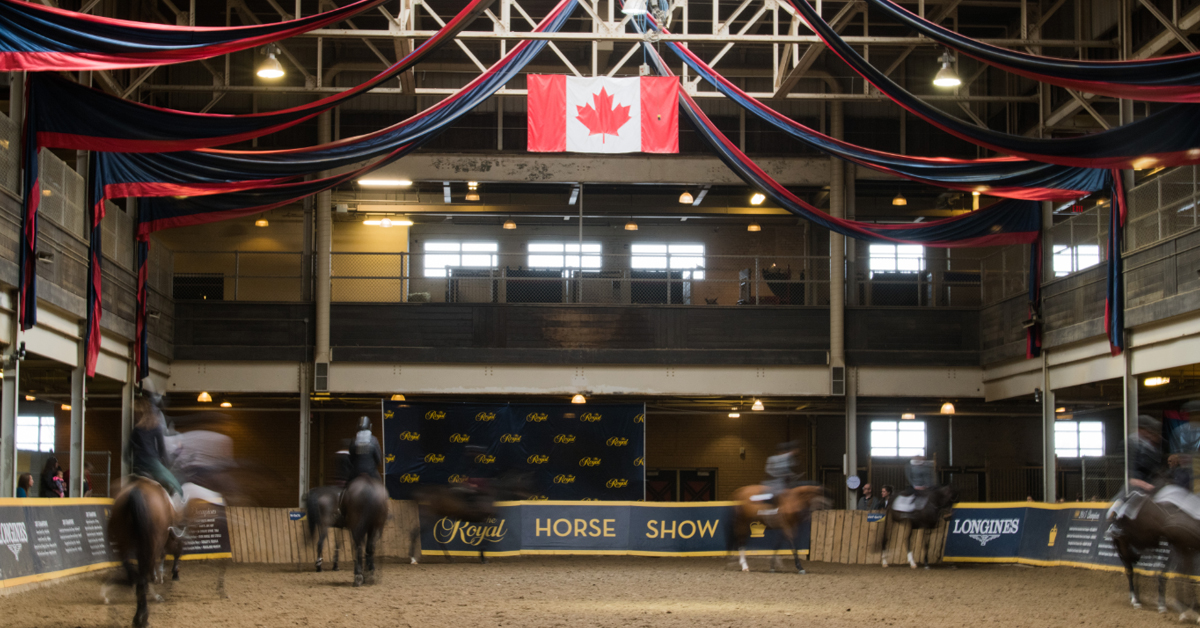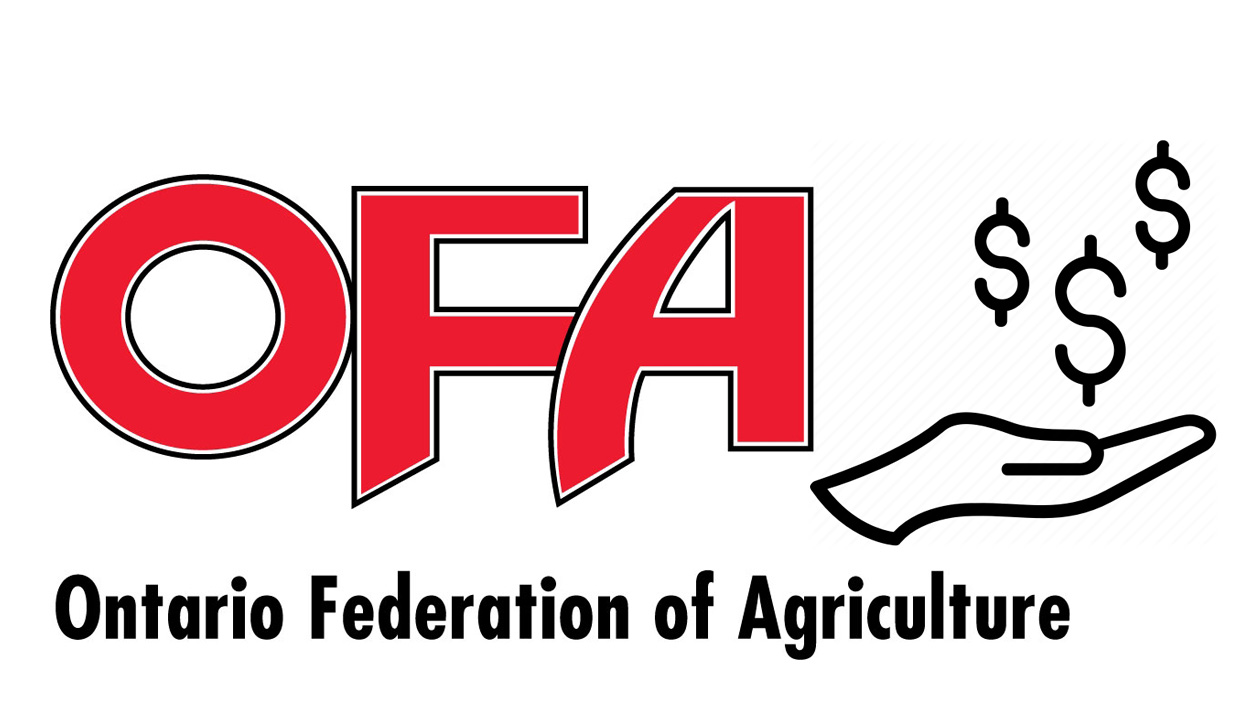Ottawa, Ontario — The Canadian Food Inspection Agency (CFIA) is proposing changes to the amount of compensation paid to owners of animals ordered destroyed for disease control purposes under the authority of the Health of Animals Act. The proposed animal categories and maximum compensation amounts have been published in Canada Gazette, Part I, for a 30-day public comment period (beginning November 18, 2006).
The regulatory proposals can be viewed at: http://canadagazette.gc.ca/partI/2006/20061118/html/regle1-e.html
Interested persons may make representations with respect to the proposed Regulations within 30 days after the date of publication of this notice. All such representations must cite the Canada Gazette, Part I, and the date of publication of this notice and be sent to Wayne Outhwaite, Senior Project Manager — Animal Products Directorate, Canadian Food Inspection Agency, 59 Camelot Drive, Ottawa, Ontario K1A 0Y9; tel.: 613-221-4664; fax.: 613-228-6683; e-mail: outhwaitew@inspection.gc.ca
The compensation program is part of the CFIA’s effort to control or eradicate animal diseases that threaten Canada’s livestock population. The goal is to encourage animal owners to promptly report serious animal diseases. The CFIA compensates animal owners, up to maximum amounts established by regulation, to enable them to replace destroyed animals.
The proposed maximum compensation paid to owners of horses ordered destroyed increases from $2750 (a figure determined during the last review published in 2000) to $8,000, except in the cases of horses destroyed due to equine infectious anaemia (EIA) where the proposed maximum paid decreases to $2000. The Government position is that managing EIA is the responsibility of the industry which must continue to enforce testing and require up-to-date Coggins tests at equine events, stables and prior to the transport of horses from one premise to another. Since testing is the responsibility of industry and EIA is preventable by screening infected horses, CFIA will not increase compensation of horses with EIA at the same proposed maximum.
The proposed changes were developed following extensive consultation with industry and government stakeholders. The changes are designed to better reflect the market value of an animal.
In July 2005, CFIA started its current review of the compensation maximums for destroyed livestock. Equine Canada Breeds & Industry Division took at active role in assisting the CFIA with its request to determine an equine compensation maximum that accurately reflects the current average value of a composite of pedigreed equidae used for recreation.
To accomplish this, the Breeds & Industry Division of Equine Canada requested statistical sales data from all breed associations operating in Canada. Auction sale prices from the Canadian Warmblood Horse Breeders Association, the Canadian Thoroughbred Horse Society and Standardbred Canada were submitted along with individual sales as reported from sellers and a compilation of “asking” prices found on a number of websites for a variety of popular breeds in Canada and representing horses for sale in all provinces.
The Government of Canada recognizes that assistance provided under the compensation regulations might not consider all costs incurred by an owner as a result of animals being destroyed. The Government continues to review business risk management programs for potential gaps, including those affecting livestock producers. A list of reportable diseases can be found at: http://laws.justice.gc.ca./en/H-3.3/SOR-91-2/index.html
More from Horse Sport:




